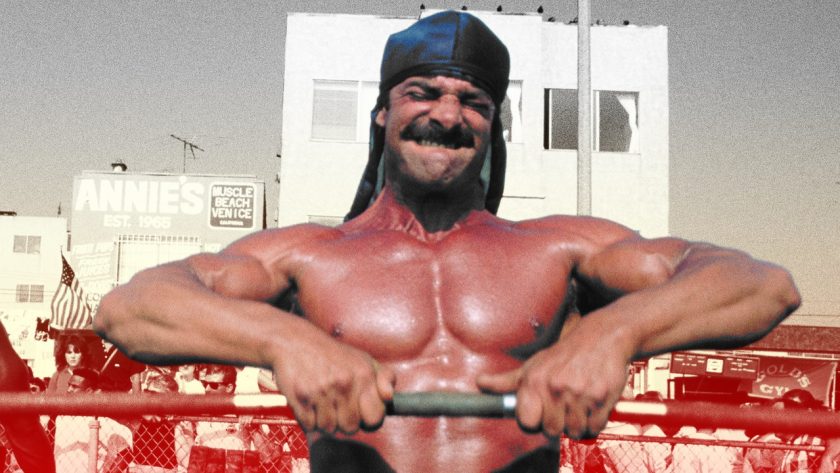This July is trending to be the hottest on record. And for the sickos who still get their workouts in the great outdoors when it feels like your sneaker might melt into the pavement? You might have noticed your exercise is affected by this extreme heat.
Exercising when it’s hot out can be annoying: sweat in your eyes, odd sports-specific tanlines, unwanted daydreams about Gatorade. It seems a bit more intense than your usual routine—and it turns out exercising when it’s hot is much harder, on a scientific level.
Being in a hot environment, even without exercise, has cascading effects on our body, from our skin to our major organs. Our skin temperature is usually around 90 degrees, so when it’s 90 or hotter outside, our body is quite literally getting warmed up. When it’s really hot, this can raise the temperature of our brain. And like a computer, when it overheats, it’s not as efficient, though we’re not really sure why. “When the brain temperature is elevated, the amount of work or effort conscious to do a job is elevated,” Dr. Craig Crandall, a thermal physiologist, told the Wall Street Journal.
If you’ve ever felt loopy after a midday summer run, you might’ve experienced this phenomenon. It could also be a result of exercise-related heat exhaustion. Symptoms include muscle cramps, dehydration, rapid breathing, dizziness, and coordination issues, according to Johns Hopkins Medicine. These are all indicators that it’s probably time for a break and some shade. Heat exhaustion can lead to heat stroke, which is sometimes fatal.
If that’s not reason enough to exercise caution, know that some of the benefits of exercise might also be dulled in the heat. It may limit exercise’s ability to improve our heart and lung function, according to a trial in the European Journal of Applied Physiology.
How hot is too hot? If you want to use the same metric as the feds and professional athletes, you can use Wet Bulb Globe Temperature (WBGT.) Because not all heat is equal, this measurement accounts not only for temperature but also humidity and airflow. (Humidity decreases the efficiency of our natural A/C: sweating.)
A WBGT of 84 to 92 degrees or higher is considered “high-risk,” when exercise should be limited to an hour tops, including several 4-minute breaks—a standard developed by U.S. Soccer, as the Journal notes.
You can acclimate to working out during high temperatures, to a degree. But this involves starting off much slower than usual, and takes weeks to adjust. You’ll be dehydrated if you only drink water when you’re feeling thirsty, so you should expect to increase your intake to counter all that sweating. You’ll also need to replenish all the salt leaking out of you.
If you’re itching for an outdoor run, you’re best off hitting the road early in the morning or after sundown. Otherwise, you might be itching after your run. Prolonged exposure can cause a pimple-like reaction known as heat rash.
Whether you’re an outdoor gym guy or a runner, expect the heat to effect your reps or pace. Times of extreme heat are not a great time for PRs, if a nosy Strava friend asks why your morning 5k was a lacking your usual zip.



